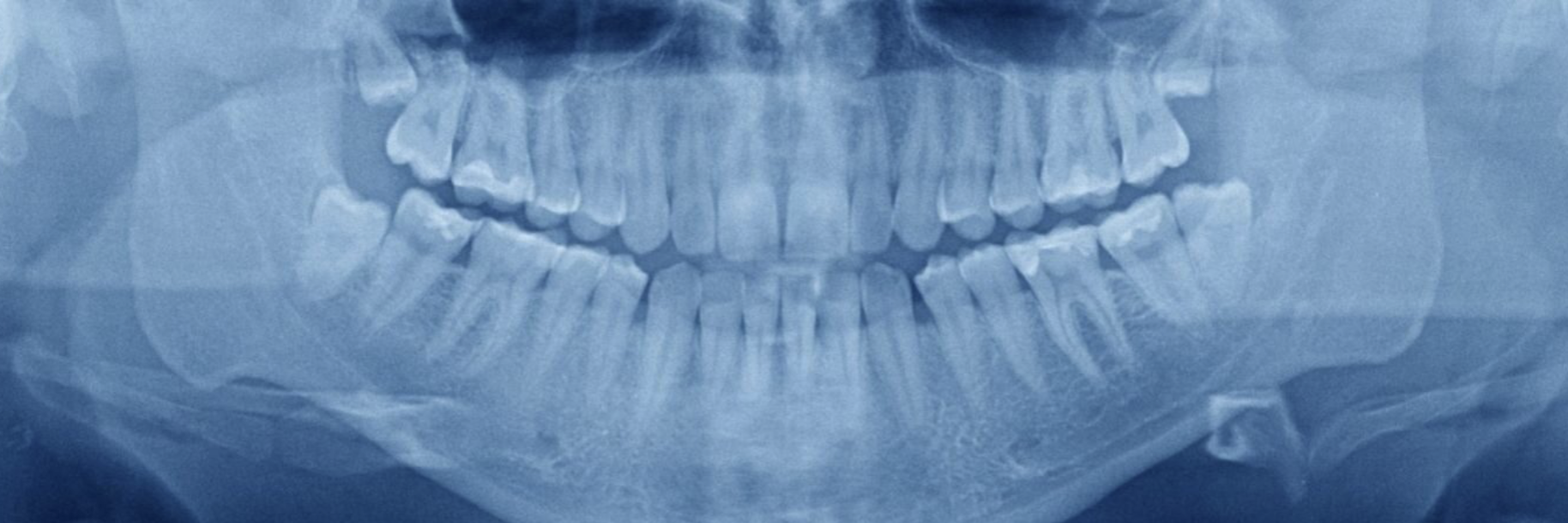Find your local Invisalign provider

4 Facts about Cavities and Metal Braces
If you’re considering getting metal braces, you’ve probably done a lot of research: how much they cost, how long you will wear them and more.
As you’re making a decision on whether to get braces or go with a different solution, don’t forget to consider the care and maintenance that they will require.
Like purchasing a new vehicle, many people don’t take into account the cost (or time) of keeping their braces in good condition. This is an important consideration because failing to care for your metal braces can have a lasting, negative effect on your teeth—cavities.
Consider these 4 facts about cavities and braces as you weigh up your options.
1. Metal braces cause food to cling to your teeth.
No matter what variety of braces you choose, each is essentially the same: a bracket affixed to each tooth, all connected together with wires.
This design essentially creates a net for food. As you eat, small bits of your meal will become lodged between the wires and your teeth. The longer that food sits there, the greater your risk of cavities.
Furthermore, your brackets lack the natural enamel of teeth, which means that foods can stick directly to your brackets. If your food sticks to your cooking pan, it’ll probably stick to your braces!
If you get braces, be prepared to avoid certain foods for this very reason.
An alternative for many adults is a set of removable aligners instead of braces. These aligners, such as Invisalign clear aligners, straighten teeth like braces but are removable for meals and brushing.
2. Metal braces make oral care more difficult.
According to this poll, the vast majority of respondents (from around the world) admit to brushing their teeth only once or twice a day.
When you have braces, it’s obvious that the food stuck against your teeth will create cavities unless you clean your teeth properly. That’s why it’s so critical that you brush your teeth after every meal and snack when you have braces.
In addition, plaque can begin to form from 5 minutes to a few hours after you brush, so frequent cleanings are also a must.
Brushing with braces is a technique you’ll have to learn. Getting behind the wires and into the nooks and crannies of the brackets is tricky, but necessary. Be prepared to spend more time brushing than you’ve become accustomed to.
Brushing isn’t enough, either. You’ll want to invest in some specialised tools to help you floss—after all the typical wax string isn’t going to get past those wires! You’ll need a dental floss threader or a quality water flosser to dislodge food from those hard-to-reach places.
If you struggle to maintain oral hygiene now, it will continue to be difficult after you begin orthodontic treatment, which raises the likelihood of cavities.
Alternatively, when you choose Invisalign clear aligners you can use a standard toothbrush and dental floss. Simply remove the aligner, brush and floss as normal, then replace the aligner. It really is that simple!
3. Metal braces can help create demineralisation.
When trapped food comes in contact with bacteria, it can lead to a serious problem known as demineralisation. The resultant acid pulls essential minerals (calcium and phosphate) from the teeth.
If you’ve ever seen someone with white outlines after getting their braces off, that’s the result of demineralisation.
Not only are the white stains left by demineralisation permanent, but the weakening of the teeth also leaves them more likely to develop cavities.
Frequent, thorough cleanings are the best protection against demineralisation and cavities. While anyone can get demineralisation and the white stains if they don’t brush well, your risk is much lower when you use a removable aligner, such as Invisalign, instead of permanently-affixed braces.
4. Filling cavities with metal braces can be time-consuming and expensive.
Sometimes, no matter how careful and diligent you are, you’re going to get cavities. And let’s face it, life is pretty hectic— which makes it all the more difficult to carve out the time and place to thoroughly clean your braces after each meal and snack.
If you do get cavities with braces on, you’re in for a longer (and more expensive) dental visit.
If you think about it, your cavities are more likely to form around your brackets. Your dentist can’t fill those cavities with your braces on, so be prepared for:
- Removing the wires
- Removing the brackets on the affected teeth
- Getting the cavity filled
- Re-affixing the bracket(s)
- Re-wiring the brackets and tightening accordingly
Depending on your provider, you may have to make an extra trip to the orthodontist after the first appointment in order to ensure your wiring is correctly positioned.
Getting braces—especially as an adult—can be a difficult choice. When you add in the extra time, difficulty and hassle of maintaining the braces and your teeth, the prospect can be downright daunting.
An easier and less stressful option for many people (over 15 million, in fact) is Invisalign clear aligners.
Unlike braces, these appliances are discreet and removable, which means you can:
- Eat the foods you love
- Brush and floss as you normally would
- Engage with people at work and in social settings with confidence
- Gently straighten your teeth throughout the process
Cleaning and maintaining your teeth while using Invisalign is remarkably easy. Even simpler is finding your local MiSmile provider and scheduling your no-obligation, free consultation. If you’ve been putting off getting the smile you’ve always dreamed of because of braces, contact us today!
Find your local Invisalign provider
Over 130 MiSmile Network practices across the UK
Find your local Invisalign provider



